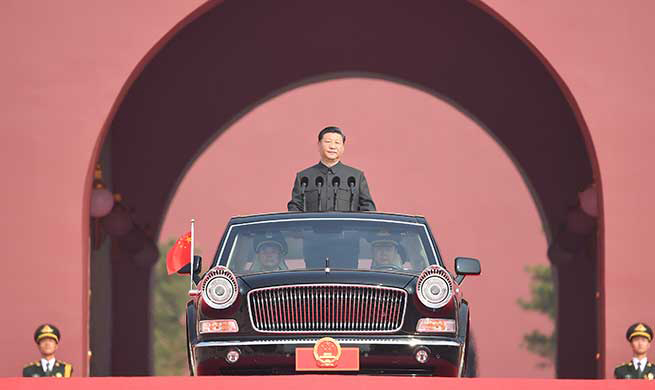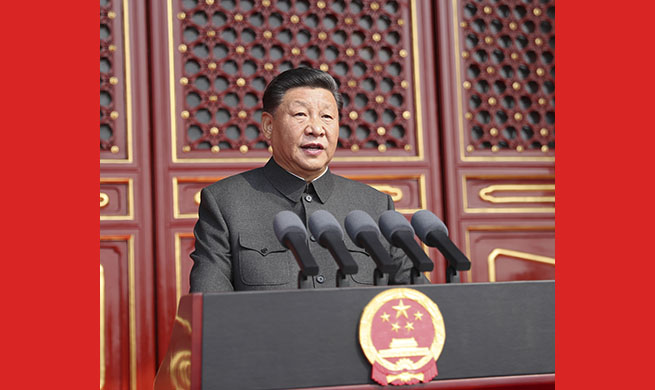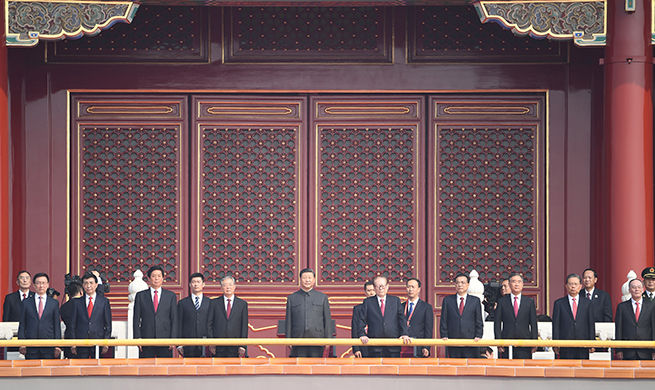BERLIN, Oct. 1 (Xinhua) -- Employees in eastern Germany earn 17 percent less than employees with the same qualifications in western Germany, according to an analysis published by the Institute of Economics and Social Research (WSI) on Tuesday.
Almost 30 years after the reunification of Germany, employees in the eastern part of the country who only have completed vocational training or have acquired further vocational qualifications, for example as technicians, "are particularly lagging behind," the WSI, an independent academic institute within the Hans Boeckler Foundation, said.
The income disparity is less pronounced between eastern and western Germany in academic jobs and assistant positions, such as warehouse workers, cleaners or nursing assistants, according to the WSI.
The fact that collective labor agreements cover a limited number of employees only, along with differences in economic strength between eastern and western Germany, were the major reasons for lower wages in eastern Germany, the WSI stated.
This despite the fact that the trade unions have been able to achieve "extensive harmonization" between eastern and western Germany, according to Malte Luebker, expert for income analyses at the WSI. The wage level of union workers in eastern Germany was already at 97.6 percent of the western German level in 2018.
However, collective labor agreements can "only be effective" when used in a binding manner, said Luebker.
According to calculations by the Institute for Employment Research (IAB), in 2018, only 45 percent of eastern German employees were paid according to a collective labor agreement, while in western Germany the respective figure was 56 percent.
"Such a yawning gap in wages between eastern and western Germany is something that needs to be addressed," Luebker told Xinhua. "The traditional approach of many politicians has been to build infrastructure and to foster economic development in eastern Germany."
"The most promising way towards better wages is to strengthen collective bargaining. It is one of the key ingredients of the German model of a social market economy."













